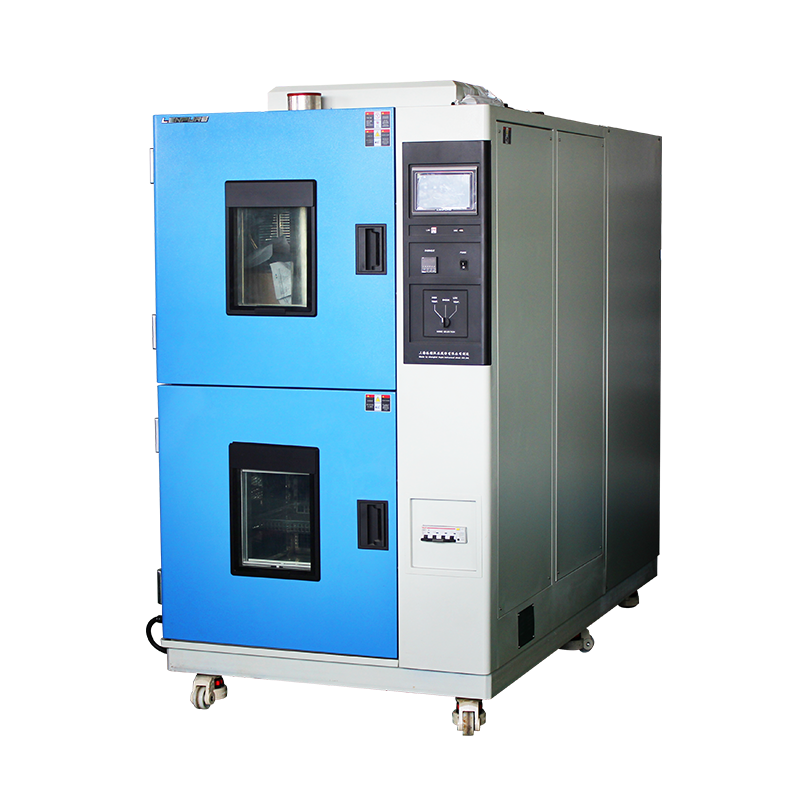

Sensors can significantly impact the accuracy of thermal shock test chambers. What specific functions do sensors serve in these chambers? Let’s briefly explore this through the following article.
In thermal shock test chambers, the fundamental principle of precise sensor detection is as follows: Among contact temperature measurement instruments, thermocouples and thermal resistors are commonly used devices for detecting temperature. The basis of thermocouple temperature measurement is the thermoelectric effect. Thermocouples, in conjunction with electrical measuring instruments, can accurately measure the temperature of the object being tested. They are temperature sensor components that convert temperature signals into thermoelectric potential signals.

When two junctions, A and B, are at different temperatures (C and D), using two different materials (A and B) to form a closed circuit will generate a certain thermoelectric potential difference in the circuit. This is known as the “Seebeck effect.” Wires A and B are called thermoelectrodes. The high-temperature end (C) is referred to as the working end (usually welded together), while the low-temperature end (D) is called the free end (typically maintained at a stable temperature).
Based on the relationship between temperature and thermoelectric potential, the measurement range of the thermocouple can be calculated. Standard measurement range tables are provided under the condition that the free end temperature D = 0°C. Different types of thermocouples have different range tables.
If a third metallic material is introduced into the thermocouple circuit, as long as the temperatures at the two junctions connected by this third material are the same, the thermoelectric potential generated by the thermocouple will remain unchanged. Thus, the presence of the third material in the circuit does not affect the measurement. Therefore, during thermocouple temperature measurement, the measuring instrument can be connected to determine the thermoelectric potential, thereby ascertaining the temperature of the substance inside the test chamber.
This concludes our introduction to the role of sensors in thermal shock test chambers. For a deeper understanding of the equipment, you can continue browsing the Linpin Instruments website for related technical articles or consult our online customer service.